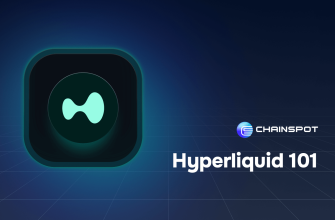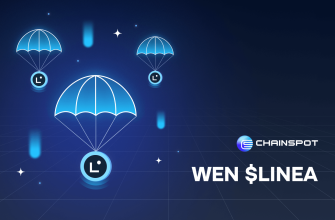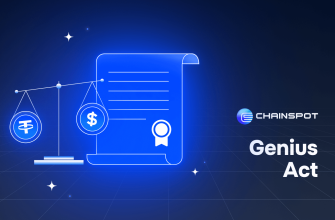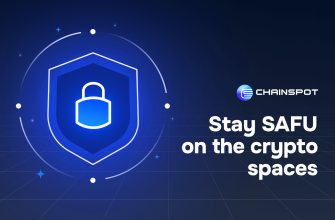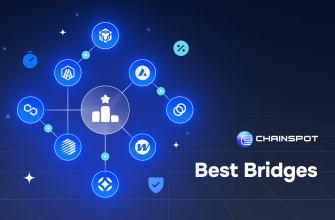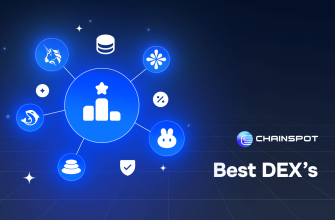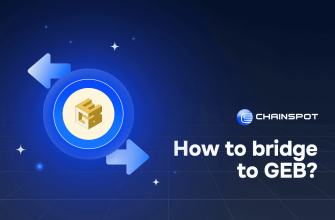- What Are AI Agents & How Do They Interact with Blockchain?
- Understanding AI Agents in Web3
- Key Use Cases for AI Agents in Web3
- Challenges of Traditional Payment Systems for AI Agents
- Technical Foundations of AI Payment Layers
- 1️⃣ Autonomous Wallets for AI Agents
- 2️⃣ Smart Contracts for AI-Driven Conditional Payments
- 3️⃣ Cross-Chain AI Transactions & Liquidity Routing
- Blockchain Ecosystems Supporting AI Payments
- Ethereum & L2 Scaling Solutions
- Solana: AI Payments with High Throughput
- Tron: Stablecoin-Powered AI Micropayments
- Conclusion: AI Payments Will Reshape the Future of Finance
The integration of AI agents into blockchain ecosystems is accelerating rapidly, reshaping the way we interact with DeFi, governance, trading, and automated services. These autonomous programs execute financial transactions, engage in on-chain data exchanges, participate in DAOs, and interact with smart contracts—all without human intervention.
However, for AI agents to operate efficiently in decentralized finance (DeFi), they require a robust, autonomous payment infrastructure. Traditional financial systems pose several limitations:
- AI agents cannot hold bank accounts – They lack legal identity, which makes opening traditional accounts impossible.
- Transaction delays and fees are too high – Traditional systems involve slow settlements and high intermediary fees.
- Centralized oversight negates autonomy – AI-driven economies need trustless transactions without human approval.
Blockchain-based AI payment layers address these limitations by providing:
- Autonomous wallet management – AI agents can securely hold and transfer assets using smart contract-based wallets.
- Instant, permissionless transactions – Eliminates delays with real-time, global transactions across multiple chains.
- Interoperable finance – AI agents can seamlessly execute payments across multiple blockchains without relying on intermediaries.
- Stablecoin-powered liquidity – AI-driven economies can leverage USDT, USDC, and other stablecoins for stable payments.
💡 This article explores the technology, challenges, and innovations in AI-driven payment layers, along with the blockchain ecosystems enabling them.
What Are AI Agents & How Do They Interact with Blockchain?
Understanding AI Agents in Web3
AI agents are self-sufficient programs designed to autonomously interact with smart contracts, liquidity pools, and decentralized applications (dApps). Unlike traditional bots, they make on-chain financial decisions, optimize transactions, and execute cross-chain payments.
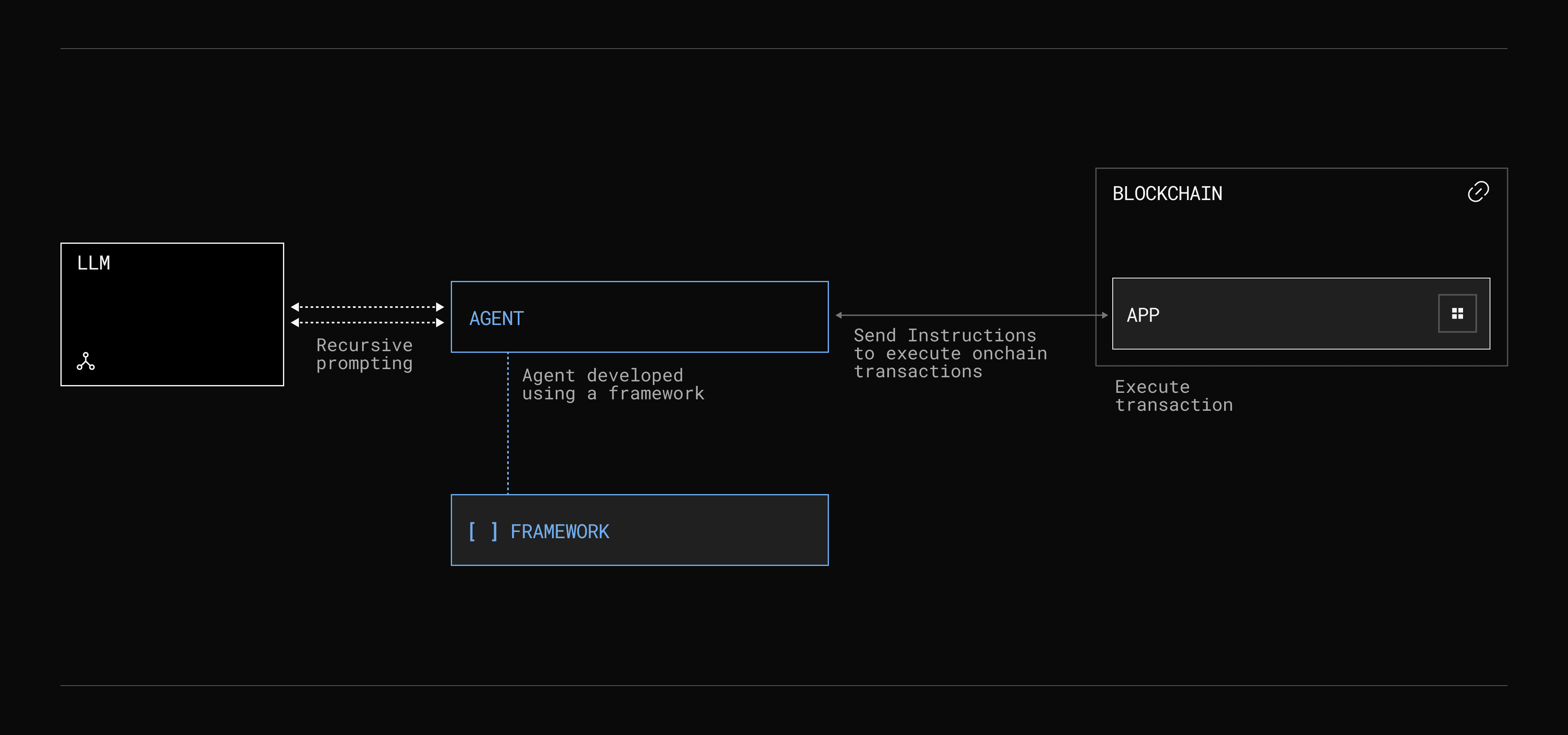
Key Use Cases for AI Agents in Web3
AI agents already serve a variety of purposes across decentralized networks, including:
- DeFi Automation – AI optimizes yield farming, trading strategies, and automated lending.
- Data Marketplaces – AI agents buy, sell, and verify data, providing decentralized analytics.
- On-Chain Governance – AI models participate in DAO voting and decision-making autonomously.
- NFT & Tokenized Asset Management – AI agents trade NFTs, analyze price trends, and optimize asset portfolios.
- Cross-Chain Transactions – AI protocols facilitate asset bridging and liquidity routing between chains.
Challenges of Traditional Payment Systems for AI Agents
For AI agents to fully function, they must be financially independent. However, current financial systems restrict AI-driven payments:
- Centralized Gatekeeping – Traditional banks & payment processors require human verification.
- Slow Transactions – AI-to-AI transactions need instant finality, not 3-5 day bank settlements.
- Inaccessible Banking Infrastructure – AI agents cannot pass KYC, making fiat banking unusable.
- High Fees for Microtransactions – AI models processing small-scale transactions are penalized with high fees.
To solve these problems, Web3 has introduced AI-compatible payment layers that allow autonomous, trustless transactions using blockchain technology.
Technical Foundations of AI Payment Layers
AI payment layers act as financial infrastructure for AI-driven transactions. They include wallet autonomy, smart contract logic, cross-chain interoperability, and decentralized liquidity.
1️⃣ Autonomous Wallets for AI Agents
For AI agents to fully control their assets, they require self-custodial wallets. These wallets allow AI-controlled transactions without human intervention.
- Multi-Party Computation (MPC) – Eliminates reliance on a single private key by splitting access between multiple parties.
- Smart Contract Wallets (Account Abstraction – ERC-4337) – Allows AI-controlled wallets to pay gas fees and execute smart contract transactions without user approval.
- Layer-2 State Channels – Reduces gas costs by allowing AI agents to batch payments off-chain and settle on-chain later.
💡 Protocols like Safe (ex-Gnosis) and Argent provide smart contract wallets, which can be adapted for AI-controlled transactions.
2️⃣ Smart Contracts for AI-Driven Conditional Payments
AI agents require automated payment execution based on specific conditions. Smart contracts enable:
- Escrow-based AI payments – AI agents lock funds until conditions are met, ensuring transaction integrity.
- Automated Revenue Sharing – AI models can split payments across multiple contributors via smart contracts.
- Subscription & Streaming Payments – AI-driven services can charge recurring fees or pay-per-use costs using blockchain-native micropayments.
💡 Superfluid and Sablier already enable on-chain subscription payments that AI agents could leverage.
3️⃣ Cross-Chain AI Transactions & Liquidity Routing
AI agents must operate across multiple blockchains to ensure efficient payments. Key technologies enabling AI-driven cross-chain finance:
- Interoperability Protocols (LayerZero, Axelar, Wormhole) – AI models can bridge assets between different blockchains without intermediaries.
- Liquidity Aggregation – AI-driven payment layers tap into multiple liquidity pools to optimize transaction execution.
- Oracles & Zero-Knowledge Proofs – AI agents verify off-chain data using ZK technology before executing payments.
💡 Chainspot enables AI-driven payments by allowing seamless swaps and bridges across 30+ blockchains.
Blockchain Ecosystems Supporting AI Payments
Several blockchain networks are evolving to support AI-native financial infrastructure. Here’s an in-depth look at the most AI-compatible networks.
Ethereum & L2 Scaling Solutions
Ethereum is the primary execution layer for AI-driven payments, but high fees limit scalability.
- zkSync & Arbitrum: AI payments settle instantly with reduced gas fees.
- Optimism: AI transactions are cheaper via optimistic rollups.
- ERC-4337 (Account Abstraction): Enables gasless transactions for AI-driven wallets.
💡 Fetch.ai and SingularityNET are actively deploying AI payments on Ethereum L2 solutions.
Solana: AI Payments with High Throughput
Solana’s fast execution and low fees make it ideal for AI-powered micropayments.
- 50,000+ TPS & near-zero fees – Enables AI-driven real-time transactions.
- DeFi & NFT Integration – AI can trade, stake, and optimize liquidity in Solana-based dApps.
- Solana Pay – Provides instant payment processing for AI-native economies.
💡 Chainspot offers seamless swaps to Solana, making AI-driven finance more efficient.
Tron: Stablecoin-Powered AI Micropayments
Tron is the leading network for AI-powered stablecoin payments, particularly in remittances and automated transfers.
- Near-zero fees & fast settlement – Ideal for AI-driven machine-to-machine (M2M) payments.
- High adoption of USDT on Tron – AI models can transact using deep liquidity pools.
- Energy-efficient architecture – Supports high-frequency transactions without congestion.
💡 Use Chainspot to bridge stablecoins into Tron’s AI-compatible DeFi ecosystem.
Conclusion: AI Payments Will Reshape the Future of Finance
As AI-driven economies expand, blockchain-based payment layers will power a new wave of autonomous transactions, real-time settlements, and machine-to-machine commerce.
- Cross-chain interoperability will be critical.
- Stablecoins & L2 networks will drive AI micropayments.
- Smart contracts will automate AI financial decisions.
💡 With Chainspot, AI-driven payments are more accessible than ever. Start swapping and bridging today at Chainspot! 🚀





